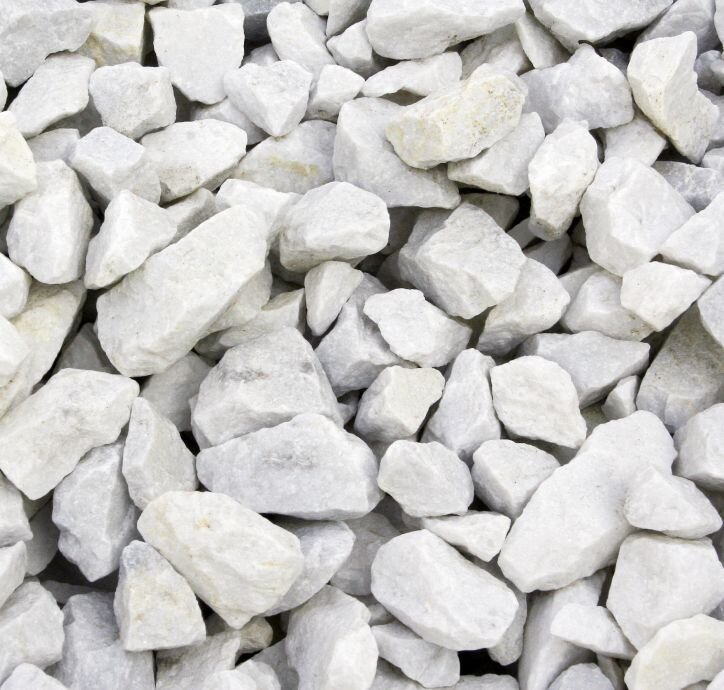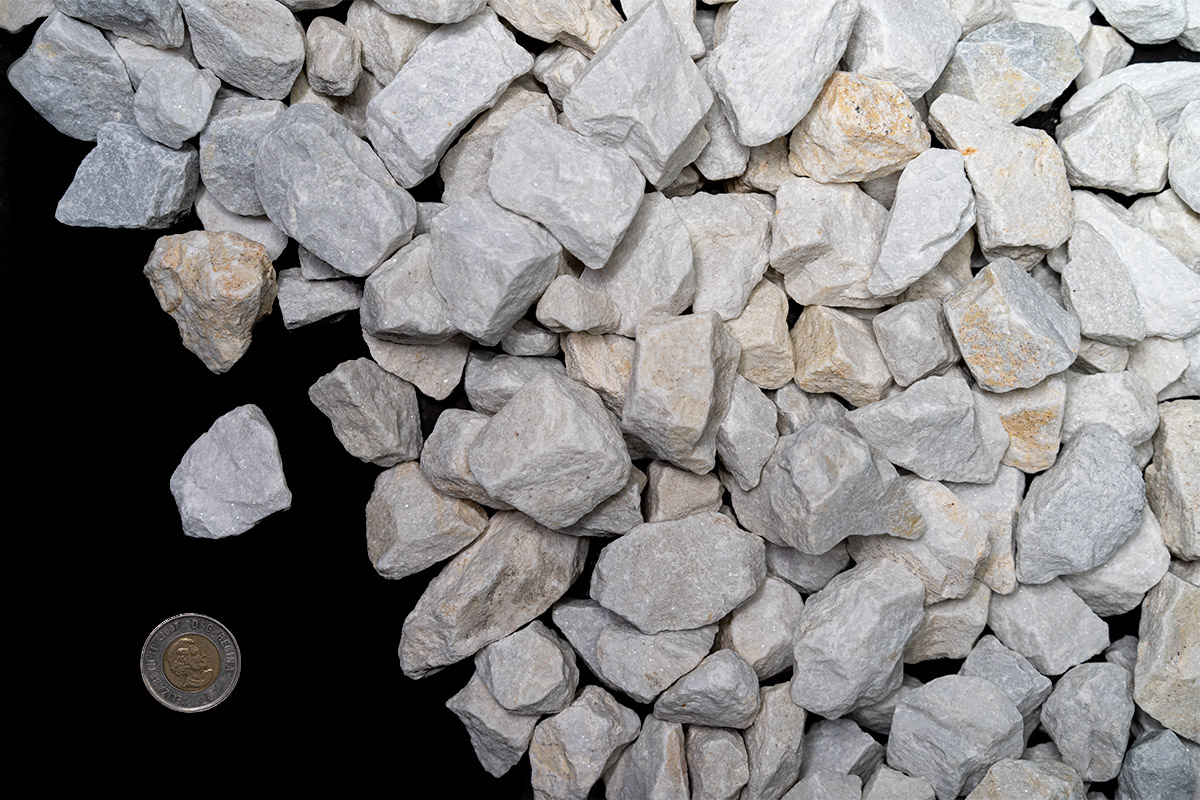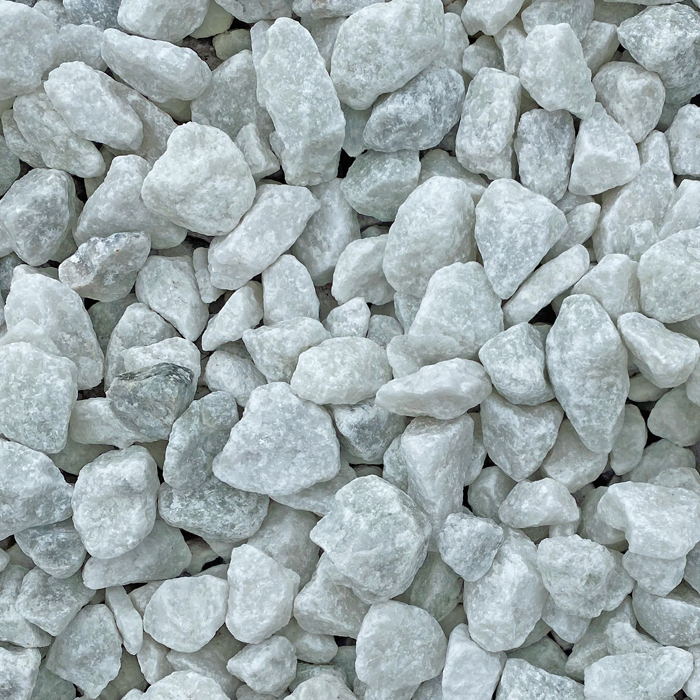Welcome to the world of decorative white rock! If you’re looking to elevate your outdoor space or bring a touch of elegance indoors, decorative white rock is an excellent choice. With my years of experience in landscaping and home decor, I can attest to the transformative power of these stunning stones. In this article, we’ll explore everything you need to know about decorative white rock, including its types, benefits, uses, and tips for incorporating it into your projects.
What is Decorative White Rock?
Decorative white rock refers to various types of natural stones that come in a white or light color, adding a clean and bright aesthetic to any space. These stones can vary in size, shape, and texture, making them versatile for several applications in landscaping and home design.
Types of Decorative White Rock
There are several types of decorative white rock available in the market. Understanding their characteristics will help you choose the right one for your project.
1. River Rock
River rock is smooth and rounded, commonly found in riverbeds. It’s available in various sizes and can bring a natural feel to landscaping.
Pros:
- Natural look and feel
- Durable and weather-resistant
- Great for drainage

Cons:
- Can be more expensive
- May require a deeper base for stability
2. Marble Chips
Marble chips are polished stones that add a touch of luxury to any garden. They come in various sizes and shapes and can be used for pathways, flower beds, and even potted plants.

Pros:
- Elegant appearance
- Reflects light beautifully
Cons:
- Can be quite costly
- May require frequent cleaning to maintain shine

3. Limestone Gravel
Limestone gravel is a crushed stone that provides a more rustic look. It’s commonly used for driveways or as a base for pathways.
Pros:
- Budget-friendly
- Good for drainage

Cons:
- Not as visually appealing as other types
- Dust can be an issue
Benefits of Using Decorative White Rock
Choosing decorative white rock for your landscaping or decorative needs comes with numerous benefits.

1. Versatility
Decorative white rock can be used in various settings, from patios and walkways to gardens and indoor decor. Its adaptability makes it a favorite among homeowners and landscapers alike.
2. Low Maintenance
Once installed, decorative white rock requires minimal maintenance compared to traditional landscaping options. You won’t have to worry about mowing or trimming.

3. Natural Drainage
White rock allows for excellent water drainage, helping to prevent flooding in your garden while keeping soil healthy and plants thriving.
4. Aesthetically Pleasing
The bright, clean look of white rock adds visual interest and can make any space feel more upscale. Its reflective properties can lighten dark areas, creating a more inviting environment.

How to Use Decorative White Rock in Landscaping
Thinking of incorporating decorative white rock into your landscape? Here are some popular uses:
1. Flower Beds
Using white rock in flower beds can create a stunning contrast against colorful blooms. It also helps with drainage and weed control.
2. Pathways and Driveways
White rock can create beautiful, stable paths in your yard without the need for hardscaping materials like concrete or pavers. Consider using larger stones for driveways for added durability.
3. Rock Gardens
Creating a rock garden with various sizes of white rock can bring a unique dimension to your landscape. Mix different types of rocks for added texture.
4. Aquatic Features
White rock is also fantastic for around ponds or water features. It provides a natural look while enhancing the serene atmosphere.
Tips for Installing Decorative White Rock
Here’s a step-by-step guide on how to install decorative white rock:
1. Choose the Right Location
Determine where you want to place the decorative white rock. Consider factors like sunlight, moisture, and existing vegetation.
2. Prepare the Ground
Clear the area of grass, weeds, and debris. A landscaping fabric can also be laid down to further prevent weed growth.
3. Add Edging
Consider adding edging materials, such as wood, metal, or stone, to define the area and keep the rocks in place.
4. Spread the Rock
Pour and spread your decorative white rock evenly across the prepared area. Adjust the depth according to your personal preference and the type of rock used.
5. Maintain the Area
Regularly check for weeds and debris. Rake the rock occasionally to maintain its appearance.
Comparison Table of Decorative White Rock Types
| Type | Appearance | Best Use | Price Range |
|---|---|---|---|
| River Rock | Smooth, rounded | Landscaping, drainage | $$$ |
| Marble Chips | Polished, shiny | Paths, decorative accents | $$$$ |
| Limestone Gravel | Crushed, rough | Driveways, base material | $ |
Personal Experience with Decorative White Rock
Having used decorative white rock in my own garden, I can’t recommend it enough! I transformed a dull patch of grass into a vibrant rock garden filled with perennials and ornamental grasses. The white rock not only helped with drainage but also made the colors of my flowers pop like never before. I frequently receive compliments from friends and family, and it has genuinely become a favorite spot for outdoor gatherings.
FAQs about Decorative White Rock
1. Can decorative white rock be used indoors?
Absolutely! Decorative white rock can be used in vases, as an aquarium substrate, or to enhance indoor plant displays.
2. How do I clean decorative white rock?
To clean decorative white rock, simply rinse with water or use a pressure washer to remove dirt and debris. Avoid harsh chemicals that may harm plants.
3. Is decorative white rock safe for pets?
While decorative white rock is generally safe, monitor your pets to ensure they don’t swallow anything that could be harmful. Always consult your veterinarian with specific concerns.
4. How much decorative white rock do I need?
The amount needed will depend on the size of the area you want to cover and the depth you desire. A common rule is to calculate the area in square feet and aim for a depth of 2-3 inches.
5. Can I use decorative white rock for drainage?
Yes, decorative white rock is excellent for drainage due to its porous nature. It can help prevent soil erosion and water accumulation.
Final Thoughts
Decorative white rock is a versatile and stylish option for enhancing your home and garden. Whether you’re looking to create a tranquil oasis or a lively, colorful garden, the right white rock can set the tone. With easy maintenance and a multitude of uses, it’s no wonder so many homeowners are turning to decorative white rock for their landscaping needs. I hope this comprehensive guide has inspired you to consider incorporating decorative white rock into your next project!